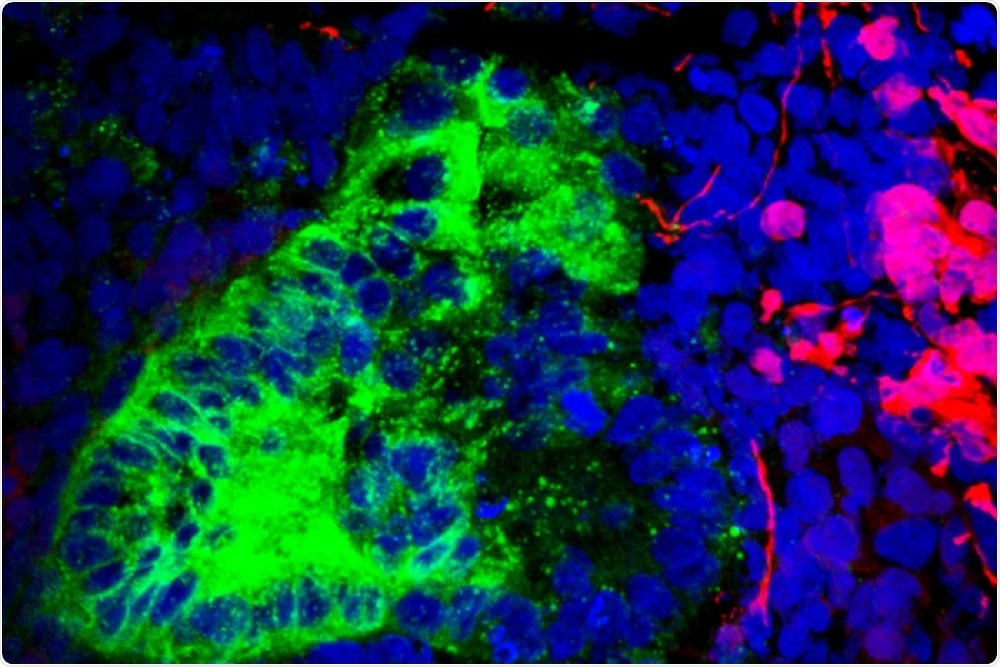Researchers at the Washington University School of Medicine in St. Louis have discovered the presence of rogue cells inside kidney organoids. The rogue cells, which were identified as brain and muscle cells, constituted 10-20% of the cells making up the organoid.

Humphreys lab | Shutterstock
Organoids are 3D cell cultures that self-organize to replicate an organ by giving stem cells the correct environment. Organoids can be used to model a range of human tissues, such as kidney and lung, allowing researchers to study the human conditions without the need for animal models. It is also hoped that one day, organoids can help repair tissue damage and be used as models for drug testing.
The presence of inappropriate cells in kidney organoids indicates that the methods used to encourage stem cell differentiation into kidney cell are also inadvertently encouraging differentiation of other cell types.
The researchers discovered a simple solution to grant more specificity in the differentiation process; by inhibiting the growth of inappropriate cells. The researchers say their approach could be applied to other organoids such as lung or heart.
The study used two prominent methods for inducing kidney organoids. One of these begins with embryonic stem cells and the other with induced pluripotent stem cells (adult cells which have been reprogrammed back into a stem cell state).
The study did not actually involve looking at the cells themselves, but rather measured the activity of genes using single cell RNA sequencing. Artificial intelligence was used to determine, based on gene expression, which cells were present.
Once the inappropriate cells were discovered, the researchers traced back the steps of cell differentiation to see which cells became brain or muscle cells, and the influencing factors involved.
They then blocked the inappropriate cues for cell differentiation, and found that this reduced brain cells in kidney organoids by 90%. The reconstruction of the cells’ steps to such inappropriate differentiation is what allows other researchers apply this to their own organoids.
Kidney organoids are especially valued due to the high occurrence of kidney failure and associated conditions.
Rodent models have provided insufficient in certain examples, where drugs have worked phenomenally at curing rodent kidney disease but failed in human clinical trials.
Progress to develop better treatments for kidney disease is slow because we lack good models.”
Dr. Benjamin Humphreys, Senior Author
Kidney organoids are necessary to be able to remove this incongruence between rodent models and humans.
Effective kidney organoids can help treat the plethora of patients with failing kidneys, for which there are currently no effective drugs, and the cool half million of Americans who receive dialysis for end-stage kidney disease.
Sources
https://hsci.harvard.edu/organoids
https://www.eurekalert.org/emb_releases/2018-11/wuso-bmc111318.php